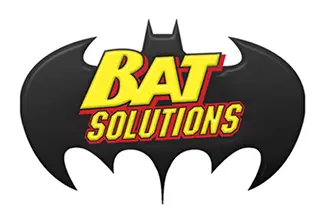Does Home Insurance Cover Bat Removal?
Facing a bat infestation, homeowners need to know: does home insurance cover bat removal? This article directly answers that question, detailing what aspects of bat removal, if any, are covered by your home insurance policy and what costs you may need to handle yourself.

Key Takeaways
- Standard homeowners insurance policies do not usually cover bat removal costs but may cover damages caused by bats if the damage is sudden and accidental.
- Bat infestations present significant health risks due to guano, which can contain fungi, causing respiratory illnesses, and bats can carry diseases such as rabies.
- Professional bat removal costs vary widely, influenced by factors such as colony size, infestation site accessibility, and additional services like guano cleanup and exclusion measures.
Homeowners Insurance and Bat Infestations
Homeowners insurance typically covers the structure of your home, belongings within your home, liability protection, medical payments to others, and additional living expenses (ALE) in case of displacement from your home due to a covered event. It is a safeguard against unexpected damage to your house. The extent of coverage can vary, offering either actual cash value or replacement cost coverage. Certain high-value items may require additional coverage or endorsements to extend the standard policy limits.
But How Does A Bat Infestation Fit Into This Equation?
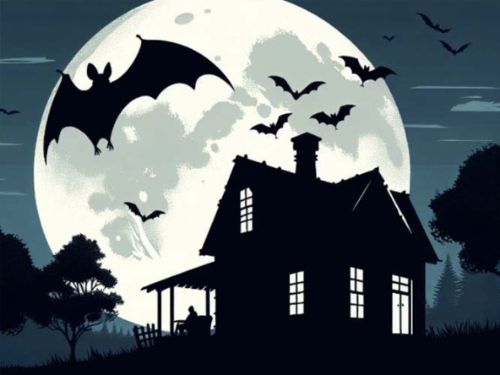
The Verdict on Bat Removal Coverage
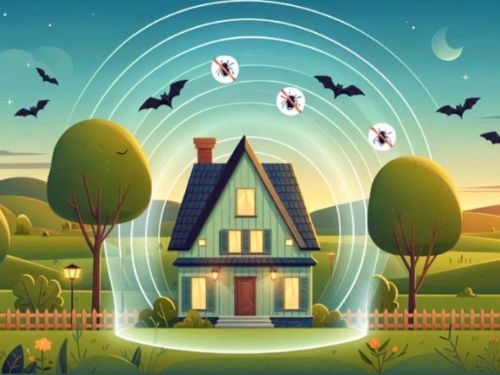
The reality is that standard homeowners insurance policies do not generally cover the costs associated with bat removal. This cost is typically considered the homeowner’s responsibility.
However, damage caused by bats could be covered if it’s deemed sudden and accidental, subject to the specific terms of your policy. For instance, if the infestation leads to a covered peril that causes damage to the home, insurance may provide coverage. In rare cases, bat damage could fall under the policy’s vandalism coverage, or legal regulations concerning endangered bat species might lead to special considerations.
Signs of A Bat Presence In Your Home
Identifying the indicators of a bat infestation paves the way to resolving the issue. Bats are creatures of habit and tend to return to familiar roosting sites, making it critical to seal all potential entry points. Regular sightings of bats flying around your home, particularly at sunrise or sunset, might indicate a bat infestation. Other signs include:
- Urine stains or unknown droppings
- Grease or dirt marks on entry points
- Finding dead bats on your property
- High-pitched saueaking inside vour home
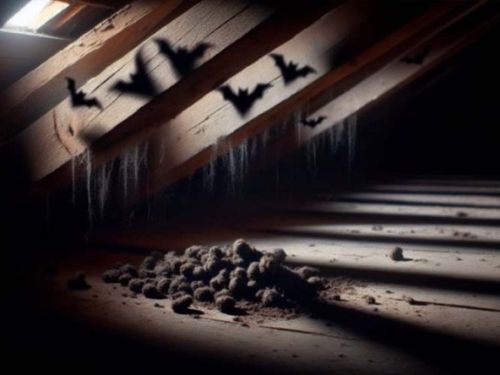
If you notice any of these signs, it’s important to take action to address the bat infestation. Bat droppings near your home often suggest that bats have established regular entry and exit points.
The Risks of Bat Guano
Although bats generally aren’t aggressive, their feces can pose significant health hazards. Bat guano can contain fungus that may cause respiratory problems, including histoplasmosis and cryptococcosis. Symptoms may include fever, chills, coughing, chest discomfort, shortness of breath, fatigue, weight loss, and even death. Therefore, enlisting the help of professionals for guano cleanup is recommended.
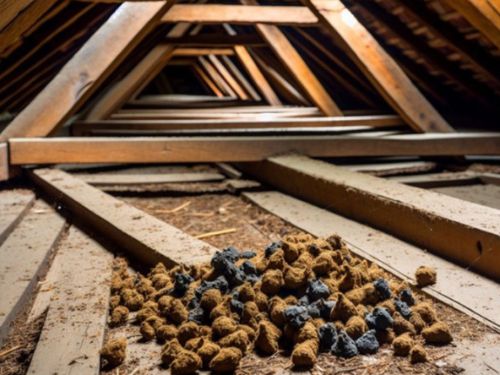
Navigating Insurance Claims for Bat Damage
Submitting an insurance claim for bat damage can be a complicated procedure. While bat removal might be covered under some homeowners insurance policies, thorough documentation of the infestation, effective communication with your insurance agent, and seeking legal advice when needed are vital.
Documenting the Infestation
Comprehensive records of all expenses incurred due to the bat infestation are crucial for ensuring appropriate reimbursement under ALE coverage. Keep a written record of all interactions with your insurance company, from emails and letters to phone calls and in-person meetings.
Maintaining open and clear communication with your insurance agent is pivotal when advocating for your coverage. Be polite, prompt, and persistent when dealing with your insurance company. If necessary, escalate the matter through the insurance company’s hierarchy to get your claim adequately addressed
When to Seek Legal Advice
Consider seeking professional legal help if there is a significant dispute over coverage, the potential recovery is sizable, or if the case complexity exceeds your understanding of insurance law. Many lawyers offer free initial advice, which can benefit homeowners before advancing a claim or engaging further with insurance company representatives.
Hiring a Bat Removal Specialist
Given the intricate nature and potential hazards of tackling bat infestations, including dead bat removal, engaging a bat removal service can be a smart choice. A reputable bat removal company should specialize in bats, not just general pest control, to ensure they have the specific expertise required for the job. They should have relevant credentials, extensive wildlife control experience, and positive client reviews. Texas Bat Solutions fits all these criteria.
The Cost of Professional Bat Removal
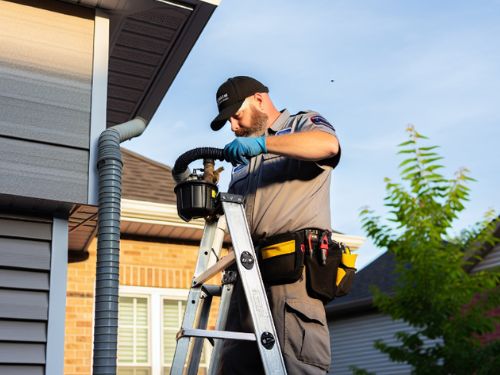
The cost of professional bat removal can be affected by several factors, including the size of the bat colony. The cost for basic bat removal can range from $500 to $5,000, with the bat removal cost being significantly influenced by the size of the bat colony.
Bats nesting in dark, damp, and secluded spaces, particularly at high elevations such as attics, can make removing bats more complex and costly. Additional services like guano cleanup, sealing entry points, and odor removal can add to the total cost of bat removal.
The Legality of Killing Bats
The Endangered Species Act of 1973 and the Fish and Wildlife Coordination Act of 1956, as well as state laws, provide legal safeguards for specific species of bats. These laws aim to protect and conserve bat populations and their habitats. It’s illegal to kill bats in many jurisdictions, with potential exemptions only available from the U.S. Fish and Wildlife Service or state agencies.
Health Risks of Handling Bats
Handling bats exposes people to health risks such as rabies, a severe viral infection that can result from a bat bite. Bats can also carry several pathogens, such as histoplasmosis and cryptococcus, that are harmful to humans, necessitating professional handling and abatement techniques.
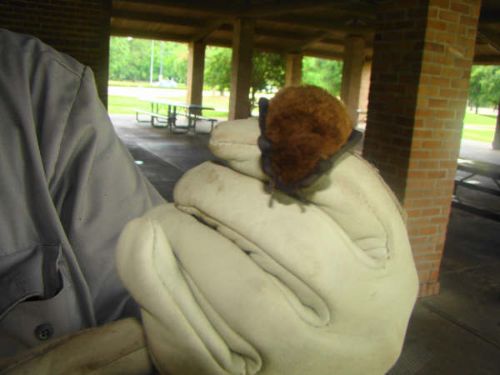
Preventative Measures to Avoid Future Infestations
As the adage goes, ‘prevention is better than cure, and this is particularly relevant for bat infestations. Proactive measures like bat exclusion, which humanely removes existing bats and prevents them from re-entering the home, and sealing potential entry points are among the most effective strategies to keep bats at bay. Sealing entry points is a small price considering the potential cost of dealing with a full-blown infestation.
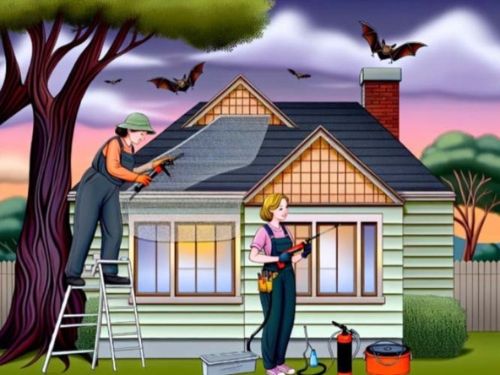
Installing Bat Houses
Another preventative measure is the installation of bat houses. These provide a favorable alternative roosting site that can mitigate the stress on bats from relocation, benefiting bats by offering them a secure location to roost. The cost of professional installation typically ranges from $500 to $2,000
Frequently Asked Questions
Does Homeowners Insurance Cover A Bat Infestation?
No, homeowners insurance typically does not cover a bat infestation or the cost of removing them from your attic. Any expenses related to bat removal and cleanup will be your responsibility.
Does Homeowners Insurance Cover A Rodent Infestation?
No, homeowners insurance typically does not cover a rodent infestation or the removal of rodents from the home, even if they cause damage like gnaw marks or chew-through materials. Most policies exclude coverage for damage caused by pests, rodents, and vermin.
Why Is Bat Removal So Expensive?
Bat removal is expensive because of the live catch-and-release methods used by pest control companies, making it higher in cost compared to other pest control services.
What are the signs of a bat infestation?
If you are regularly sighting bats, noticing milky white urine stains on windows, or finding grease or dirt marks on entry points, these are signs of a bat infestation. Hearing high-pitched squeaking inside your home could also indicate a bat infestation.
RELATED POSTS
Why Do Bats Fly in Circles?
Why Do Bats Fly in Circles? This distinct flying pattern is more than an aerial quirk; it's essential for their survival. Bats use circular flight patterns as a part of their sophisticated echolocation(read more)
Do Bats Drink Water?
Do Bats Drink Water? While we often associate bats with their affinity for insects, fruit, or even blood... a question lingers in the realm of curiosity: Do Bats Drink Water? Yes. Bats drink water and they require substantial amounts for survival, sometimes up to 50% of their body weight daily.
Does Home Insurance Cover Bat Removal?
Facing a bat infestation, homeowners need to know: does home insurance cover bat removal? This article directly answers that question, detailing what aspects of bat removal, if any, are covered by your home insurance policy and what costs you may need to handle yourself.
